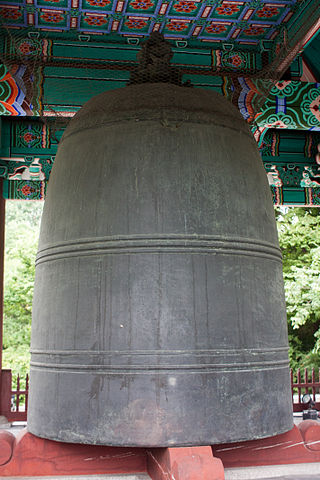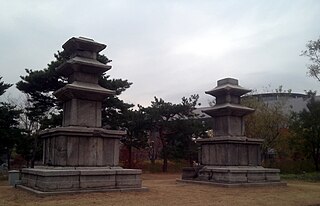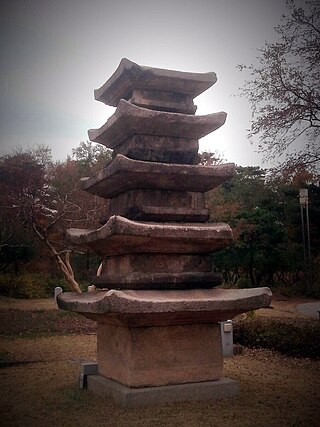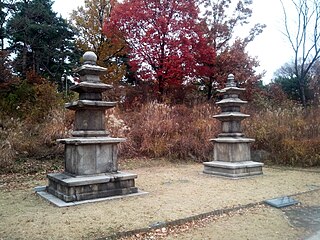Self-guided Sightseeing Tour #2 in Seoul, South Korea
Legend
Guided Free Walking Tours
Book free guided walking tours in Seoul.
Guided Sightseeing Tours
Book guided sightseeing tours and activities in Seoul.
Tour Facts
0.9 km
36 m
Experience Seoul in South Korea in a whole new way with our free self-guided sightseeing tour. This site not only offers you practical information and insider tips, but also a rich variety of activities and sights you shouldn't miss. Whether you love art and culture, want to explore historical sites or simply want to experience the vibrant atmosphere of a lively city - you'll find everything you need for your personal adventure here.
Activities in SeoulIndividual Sights in SeoulSight 1: National Museum of Korea
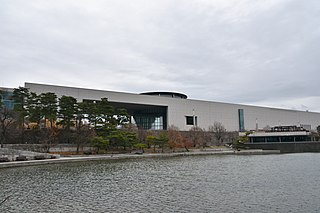
The National Museum of Korea (Korean: 국립중앙박물관) is the flagship museum of Korean history and art in South Korea. Since its establishment in 1945, the museum has been committed to various studies and research activities in the fields of archaeology, history, and art, continuously developing a variety of exhibitions and education programs.
Sight 2: Yongsan Family Park
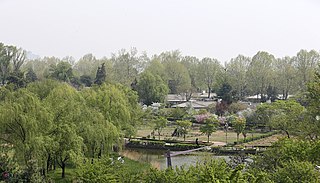
Yongsan Family Park (Korean: 용산가족공원) is a park in Yongsan District, Seoul, South Korea. It is also known as Yongsan Park (용산공원).
Sight 3: Bosingak Bell Pavilion
The old Bosingak Dongjong (舊普信閣 銅鍾, English: Bosin-gak) was a bell made during the Joseon Dynasty and was used to ring the New Year's Eve bell at Bosingak in Jongno, Seoul until 1985. On January 21, 1963, it was designated as the second treasure of the Republic of Korea.
Sight 4: Namgyewon Seven-story Pagoda
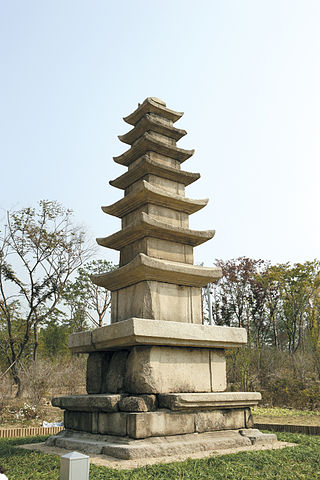
The seven-storied stone pagoda (開城 南溪院址 七層石塔) is a seven-storied stone pagoda built in the Goryeo period. On December 20, 1962, it was designated as National Treasure No. 100 of the Republic of Korea. Originally located in Kaesong, it was moved to Gyeongbokgung Palace in 1915 and then to the National Museum of Korea in Yongsan in 2005.
Sight 5: Galhangsa Three-story Stone Pagoda
The Gimcheon Galhangsa Temple East-West Three-storied Stone Pagoda (金泉 葛項寺址 東·西 三層石塔) is a stone pagoda built in Silla during the Northern and Southern Kingdoms period. It was designated as National Treasure No. 99 of the Republic of Korea on December 20, 1962.
Sight 6: Hongje-dong Five-Story Pagoda
The five-storied stone pagoda in Hongje-dong, Seoul (-- 弘濟洞 五層石塔) is a stone pagoda from the Goryeo period in the National Museum of Korea. On January 21, 1963, it was designated as Treasure No. 166 of the Republic of Korea.
Sight 7: Stupas of Master Boje
The Boje Venerable Pagoda (原州 令傳寺址 普濟尊者塔) is a pagoda that enshrines the relics of the late Goryeo Buddhist monk Boje Venerable. Unlike ordinary monks' stupas, it takes the form of a stone pagoda and has two pagodas of the same style. Coming out of the pagoda was a reliquary, and there was a stone of the Venerable Boje. As a result, it was confirmed that this pagoda was built in the 14th year of King Woo of Goryeo (1388). On January 21, 1963, it was designated as Treasure No. 358 of the Republic of Korea.
Share
How likely are you to recommend us?
Disclaimer Please be aware of your surroundings and do not enter private property. We are not liable for any damages that occur during the tours.
GPX-Download For navigation apps and GPS devices you can download the tour as a GPX file.
